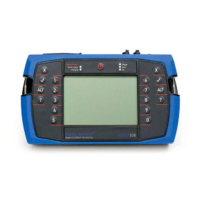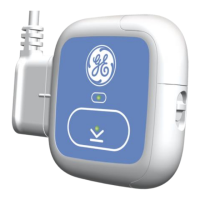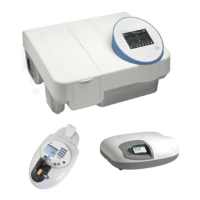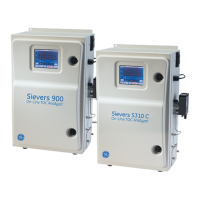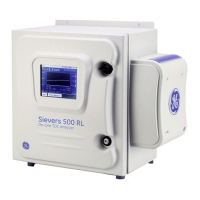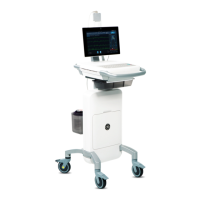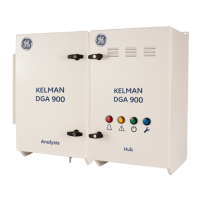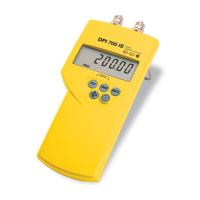Section 7 — Analyzing Measurements Onsite
130
Tips for Taking Measurements
Here are some tips to consider when taking measurements:
• Use the operating mode typical of the machine in question (e.g.
typical load and running speed). This will ensure the loads on
the components (e.g. bearings) are the same as those that
define their wear. For multi-operating mode machines, it is best
to take measurements when the loads on the bearings are at a
maximum. Ensure you take all future measurements in the
same mode.
• Ensure you do NOT lean on the machine or place a heavy object
on it (e.g. a heavy tool box). Doing so will change the vibratory
behavior of the machine.
• Stop any machines that are operating near the machine you are
measuring (if possible). Machines operating nearby can affect
the vibration of the machine you are measuring.
• In addition to taking measurements:
• Stop and listen to the sound of the machine.
• Look for loose bolts and oil leaks.
• Check whether any machine parts that are vibrating visibly.
• Touch the machine to check for hot bearings.
• Touch the area that is vibrating (e.g. with a screwdriver) to look
for symptoms that might later aid vibration analysis (if it is safe
to do so).
• If you have a stroboscope, you can use this to freeze rotating
shafts, belts, and couplings. This will enable you to observe the
operating shapes and relative speeds of these parts, which will
help with later vibration analysis.
MORE: See Strobe Output for more information on using your
instrument to automatically control strobe frequencies.

